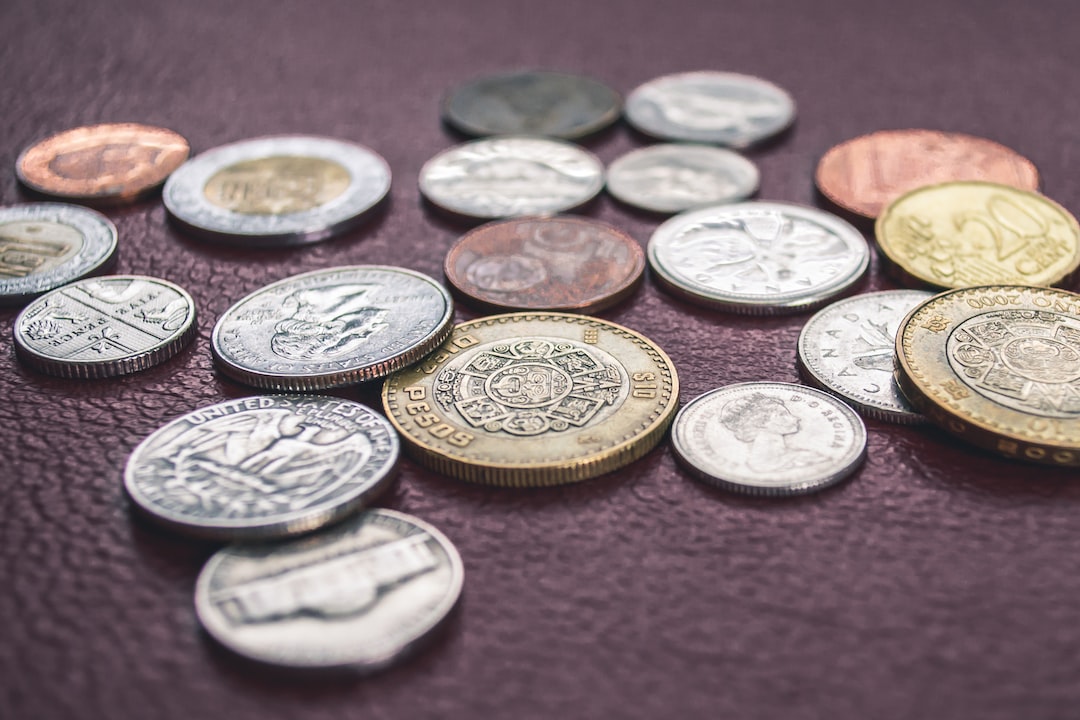The euro is the second most traded currency in the world, after the US dollar. It is the official currency of 19 European Union countries, collectively known as the Eurozone. The euro is used by over 340 million people every day for transactions, savings, and investments. In forex, the euro is broken down into several currency pairs, which allows traders to speculate on the currency’s movements against other major currencies, such as the US dollar, the British pound, the Japanese yen, and the Swiss franc. In this article, we will explain how the euro is broken down in forex.
The euro is represented in forex by the symbol EUR. The most commonly traded currency pair involving the euro is the EUR/USD pair, which represents the value of the euro against the US dollar. This pair is the most liquid and the most traded in the forex market, accounting for over 20% of all forex trades. The EUR/USD pair is also known as the “fiber” due to the optic fiber cables that connect the financial centers of New York and London, where the majority of the trading takes place.
Other popular currency pairs involving the euro include the EUR/GBP (euro vs. British pound), EUR/JPY (euro vs. Japanese yen), and EUR/CHF (euro vs. Swiss franc). These pairs are also highly traded and provide opportunities for traders to speculate on the movements of the euro against other major currencies.
The value of the euro in forex is determined by several factors, including economic data releases, central bank policies, geopolitical events, and market sentiment. Economic data releases, such as GDP, inflation, and employment figures, can have a significant impact on the value of the euro. Positive economic data can strengthen the euro, while negative data can weaken it.
Central bank policies also play a crucial role in determining the value of the euro. The European Central Bank (ECB) is responsible for setting monetary policy in the Eurozone. The ECB’s decisions on interest rates, quantitative easing, and other policy tools can impact the value of the euro. For example, a rate cut or an increase in QE can weaken the euro, while a rate hike or a reduction in QE can strengthen it.
Geopolitical events, such as elections, referendums, and trade disputes, can also impact the value of the euro. For example, the uncertainty surrounding Brexit negotiations between the UK and the EU has had a significant impact on the value of the euro against the British pound.
Market sentiment, or the overall mood of traders and investors, can also impact the value of the euro. If traders and investors are optimistic about the Eurozone’s economic prospects, they may buy the euro, which can strengthen it. On the other hand, if they are pessimistic, they may sell the euro, which can weaken it.
In conclusion, the euro is a major currency in forex, and it is broken down into several currency pairs, including the EUR/USD, EUR/GBP, EUR/JPY, and EUR/CHF. The value of the euro is determined by several factors, including economic data releases, central bank policies, geopolitical events, and market sentiment. Traders and investors can speculate on the movements of the euro against other major currencies by trading these currency pairs in the forex market.





